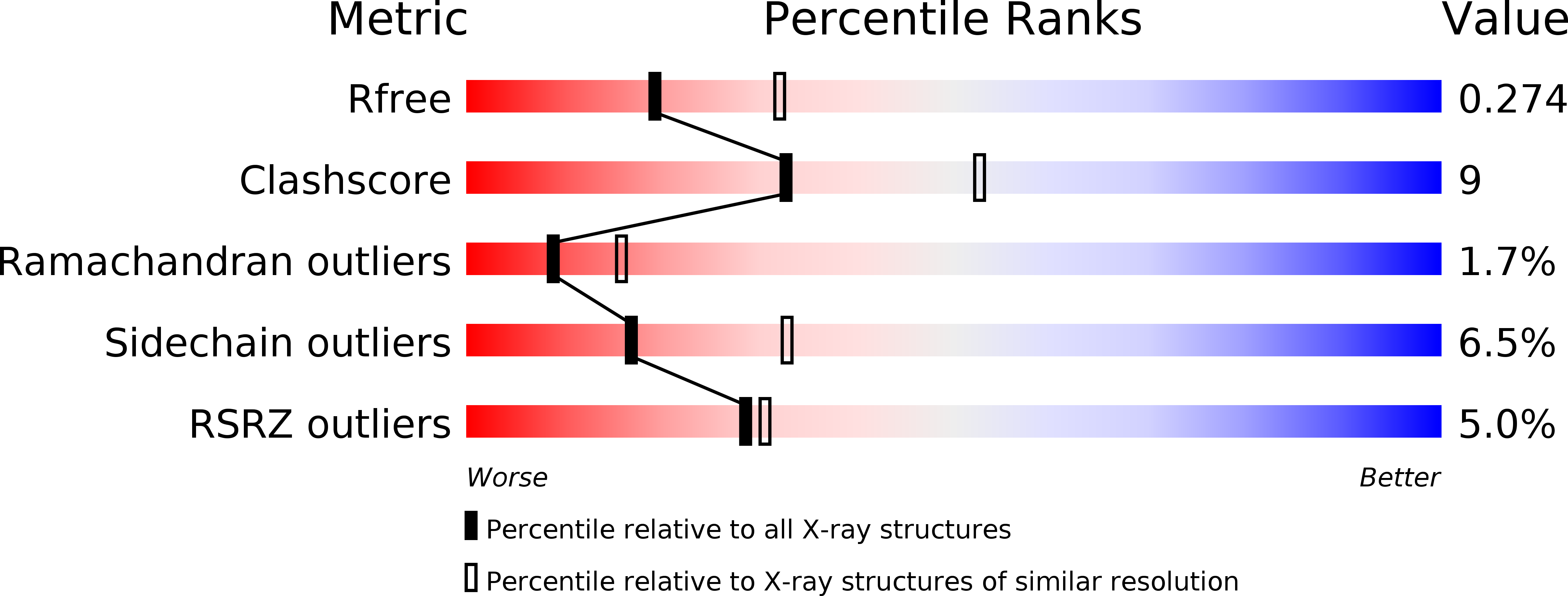
Deposition Date
2011-06-22
Release Date
2011-08-31
Last Version Date
2024-11-27
Entry Detail
PDB ID:
3SKJ
Keywords:
Title:
Structural And Functional Characterization of an Agonistic Anti-Human EphA2 Monoclonal Antibody
Biological Source:
Source Organism:
Homo sapiens (Taxon ID: 9606)
Host Organism:
Method Details:
Experimental Method:
Resolution:
2.50 Å
R-Value Free:
0.27
R-Value Work:
0.21
R-Value Observed:
0.21
Space Group:
C 2 2 21


